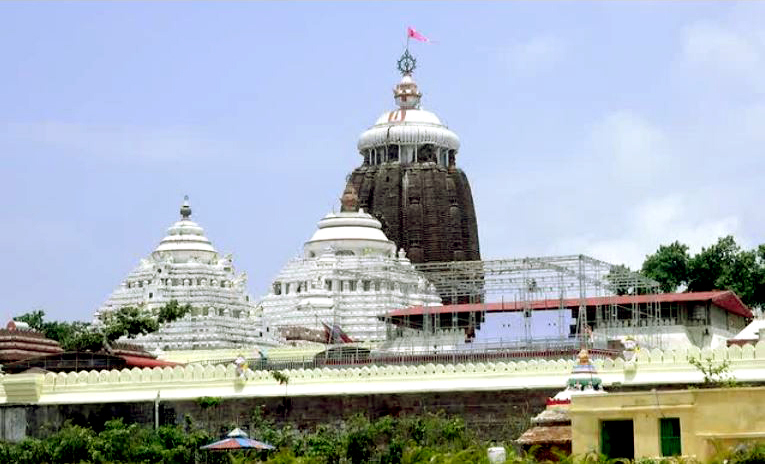Puri: It is widely accepted that ‘animal sacrifice’ is prohibited among the followers of Vaishnavism. However, most readers will be amazed to learn about an animal sacrifice ritual linked to Srimandir.
Researcher Surendra Nath Dash in his book ‘Srimandira Sabdakosha’ writes that as per Jagannath temple’s terminology, the ritual is known as ‘Chheda Paka Niti’ which is observed near the well of Goddess Bimala during three days of Durga Puja — Ashwina Shukla Saptami, Ashtami and Navami.
Significance of Goddess Bimala
The temple of Devi Bimala is situated next to the ‘Rohini Kund’ on the southwest corner inside the inner wall of Srimandir. The sculpture of the deity is made of black granite.
Researcher Dukhi Shyam Behera in his book ‘Srikshetra Jijnasa’ pens that Devi Bimala is considered ‘Kaibalya Bhojini Vaishnavi’ (not to be offered non-vegetarian food). During normal course of worship except the three days of Durga Puja, Devi Bimala is served with the remnant of food offered to Lord Jagannath. Following the offering, the Naivedya becomes Mahaprasad which then the devotees partake of.
Noted researcher Dr Satyanarayan Rajguru in his book ‘Sri Purusottama O Srimandira’ writes that the term Mahaprasad might have originated from the term ‘Maa-prasad’ (Mother’s Bhog).
Rajguru further elucidates that as per Shakta tradition, Lord Jagannath is manifested as Bhairava (a powerful manifestation of Lord Shiva) and Devi Bimala is considered as His consort (Bhairavi).
According to Behera, the Devi is offered animals and fish due to the amalgamation of Vaishnavite and Shakta traditions.
As per tantric beliefs, Devi Bimala incarnates the ‘ugra’ (destructive) form during Durga Puja. Hence, an animal is sacrificed to appease Her.
Chheda Paka Ritual
On Saptami, Ashtami and Navami of Durga Puja, two bucks (male goats) are sacrificed on each day near the Bakula Pindi close to Bimala temple during pre-dawn hours. The six male goats are offered by six different entities such as Mahashrama Matha, Senapati Matha, Mangu Matha, Bada-Odia Matha, Biraharekrsuhnapur Mahajana and Zamidar Khuntia for sacrifice ritual which is held in a secret ceremony at the outer boundary of the holy shrine.
Behera further notes that on those auspicious days, fish from the sacred Markanda temple tank is also served to the Goddess in midnight hours following the completion of daily rituals of the sibling deities or ‘Pahuda’. The fish offering is prepared at a temporary kitchen and is taken inside the Srimandir through the western gate to Bimala temple. Those few who witness the secret ceremony are given the ‘Bimala Parusa’ (Bhog).
Subsequently, the passage leading to the Bimala temple is washed and sanctified with water following the esoteric ritual.
All these rituals are wrapped up before the main sanctum of Lord Jagannath is unlocked at dawn.
As per tantric traditions, during the celebration of Sola Puja (sixteen-day worship) in Bimala temple, no woman-devotee is allowed to have darshan of the deity.
By Patit Mandal, OP

